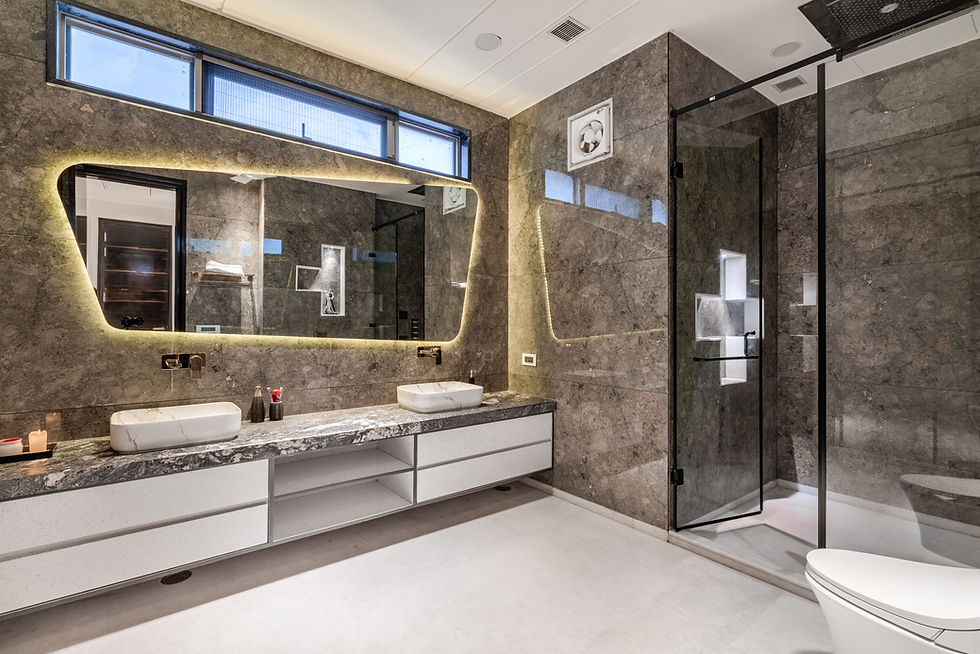
Can Water-Saving Toilets Prevent Clogs? A Tech Perspective
Share
In an age where technology is revolutionizing every aspect of our lives, the concept of water-saving toilets is gaining traction. But amidst the excitement, a pressing question lingers: Can water-saving toilets prevent clogs? This query is particularly relevant for tech professionals and enthusiasts who are keen on understanding how modern innovations are reshaping traditional systems.

The Evolution of Water-Saving Toilets
To appreciate the impact of water-saving toilets, it is essential to understand their evolution. Traditional toilets used approximately 3.5 to 5 gallons per flush. In contrast, modern water-saving toilets, also known as low-flow toilets, utilize as little as 1.28 gallons per flush. This is a significant reduction, designed to conserve water and reduce utility bills.
With the advent of technology, these toilets have incorporated advanced mechanisms to optimize flushing efficiency. The integration of sensor technologies and dual-flush systems are examples of how tech innovation has enhanced the functionality of water-saving toilets. For more insights on how technology has impacted bathroom fixtures, you can explore The Rise of Water-Efficient Bathroom Tech.
Understanding the Mechanics: How Do Water-Saving Toilets Work?
Water-saving toilets function by using gravity and precision engineering to ensure maximum efficiency with minimal water. The dual-flush system is a hallmark of these toilets, allowing users to choose between a full flush for solid waste and a half flush for liquid waste. This choice reduces water usage significantly while maintaining effective waste removal.
Moreover, advancements in flush valve technology and bowl design have improved the flow dynamics, minimizing the risk of clogs. The enhanced siphon mechanism ensures that waste is efficiently removed without additional water. For a deeper dive into how these toilets are tested, visit How Water-Saving Toilets Are Tested.
Can Water-Saving Toilets Prevent Clogs?
The possibility of preventing clogs is a significant concern for homeowners considering the switch to water-saving toilets. The reduced water usage raises questions about the efficiency of waste removal. However, the strategic design of these toilets addresses these concerns effectively.
The precision engineering of the bowl and trapway ensures that waste is moved swiftly and efficiently, reducing the likelihood of clogs. Additionally, the powerful siphon action compensates for the reduced water volume, ensuring that waste is adequately flushed away.
For tech enthusiasts interested in sustainable living, smart toilets offer an even more advanced solution. These toilets incorporate sensors and intelligent systems to optimize water usage and enhance flushing efficiency. To explore more about sustainable toilet solutions, check out Smart Toilets for Sustainable Living.

Addressing Common Concerns
Despite the technological advancements, there are still common concerns associated with water-saving toilets. One of the primary concerns is whether these toilets can handle the same volume of waste as their traditional counterparts. While water-saving toilets are designed to be efficient, some users may experience occasional clogs, especially if the toilets are not maintained properly.
Regular maintenance and proper usage can mitigate these issues. It's essential to use the correct flush option for the type of waste and ensure that the toilet is installed correctly to optimize performance. For tips on how to conserve water at home, including using water-efficient toilets, visit 10 Ways You Can Conserve Water at Home.
Additional Benefits of Water-Saving Toilets
Beyond preventing clogs, water-saving toilets offer several additional benefits. These include significant water savings, reduced utility bills, and a lower environmental footprint. By conserving water, these toilets contribute to sustainable living and resource conservation.
Moreover, many water-saving toilets are eligible for rebates and incentives from local governments and utility companies, making them an economically viable option for homeowners. To learn more about the benefits of water-efficient toilets, you can read The Benefits of Water-Efficient Toilets.
Conclusion: A Tech-Driven Approach to Plumbing
As technology continues to transform our world, the incorporation of advanced features in water-saving toilets represents a tech-driven approach to traditional plumbing. By reducing water usage while maintaining efficiency, these toilets are paving the way for sustainable living.
For tech professionals and enthusiasts, the shift towards water-saving toilets is a testament to how innovation can address pressing environmental concerns. By understanding and adopting these technologies, we can contribute to a more sustainable and efficient future.
FAQs
1. How do water-saving toilets differ from traditional toilets?
Water-saving toilets use significantly less water per flush compared to traditional toilets. They incorporate advanced mechanisms like dual-flush systems to maintain efficiency while conserving water.
2. Are water-saving toilets suitable for all households?
Yes, water-saving toilets are designed to be suitable for most households. However, it's important to choose the right model based on your specific needs and plumbing system.
3. Can water-saving toilets handle the same waste volume as traditional toilets?
Yes, modern water-saving toilets are engineered to handle waste efficiently. Proper maintenance and correct usage can further enhance their performance.
For more insights into water-saving technologies and their benefits, explore the Benefits of Water-Efficient Bathroom Fixtures.
This article contains affiliate links. We may earn a commission at no extra cost to you.
